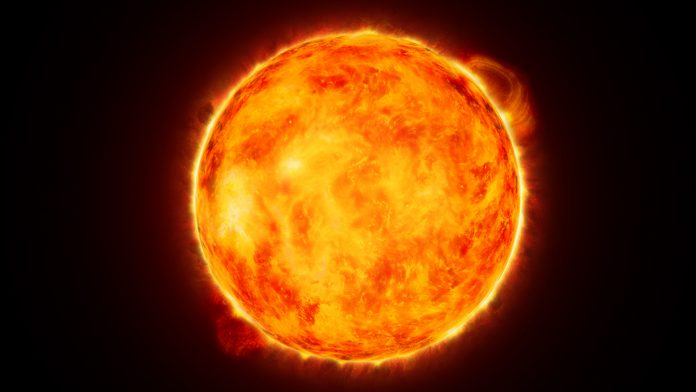The new collaborative mission between ESA and NASA, Solar Orbiter, began its mission to study the sun, at 11:03pm EST Sunday.
At 12:24am Monday, mission controllers at the European Space Operations Centre in Darmstadt, Germany, received a signal from the spacecraft indicating that its solar panels had successfully deployed.
“Solar Orbiter is going to do amazing things. Combined with the other recently launched NASA missions to study the Sun, we are gaining unprecedented new knowledge about our star,” said Thomas Zurbuchen, NASA’s associate administrator for Science at the agency’s headquarters in Washington.
Zurbuchen continued: “Together with our European partners, we’re entering a new era of heliophysics that will transform the study of the Sun and help make astronauts safer as they travel on Artemis program missions to the Moon.”
In the first two days after launch, Solar Orbiter will deploy its instrument boom and several antennas that will communicate with Earth and gather scientific data. Solar Orbiter is on a unique trajectory that will allow its comprehensive set of instruments to provide humanity with the first-ever images of the Sun’s poles.
Orbiting Mercury
This trajectory includes 22 close approaches to the Sun, bringing the spacecraft within the orbit of Mercury to study the Sun and its influence on space.
“As humans, we have always been familiar with the importance of the Sun to life on Earth, observing it and investigating how it works in detail, but we have also long known it has the potential to disrupt everyday life should we be in the firing line of a powerful solar storm,” said Günther Hasinger, ESA director of Science.
Hasinger continued: “By the end of our Solar Orbiter mission, we will know more about the hidden force responsible for the Sun’s changing behaviour and its influence on our home planet than ever before.”
Solar Orbiter will spend about three months in its commissioning phase, during which the mission team will run checks on the spacecraft’s 10 scientific instruments to ensure they are working properly. It will take Solar Orbiter about two years to reach its primary science orbit.
Solar Orbiter combines two main modes of study. In-situ instruments will measure the environment around the spacecraft, detecting such things as electric and magnetic fields and passing particles and waves. The remote-sensing instruments will image the Sun from afar, along with its atmosphere and its outflow of material, collecting data that will help scientists understand the Sun’s inner workings.
During the mission’s cruise phase, which lasts until November 2021, the spacecraft’s in-situ instruments will gather scientific data about the environment around the spacecraft, while the remote-sensing telescopes will focus on calibration to prepare for science operations near the Sun.
The cruise phase of the Solar Orbiter mission includes three gravity assists that Solar Orbiter will use to draw its orbit closer to the Sun: two past Venus in December 2020 and August 2021, and one past Earth in November 2021.
Following its Earth gravity assist, Solar Orbiter will begin the primary phase of its mission – leading up to its first close pass by the Sun in 2022 – at about a third the distance from the Sun to Earth. Throughout its mission, Solar Orbiter will use successive Venus gravity assists to draw its orbit closer to the Sun and lift it out of the ecliptic plane.







